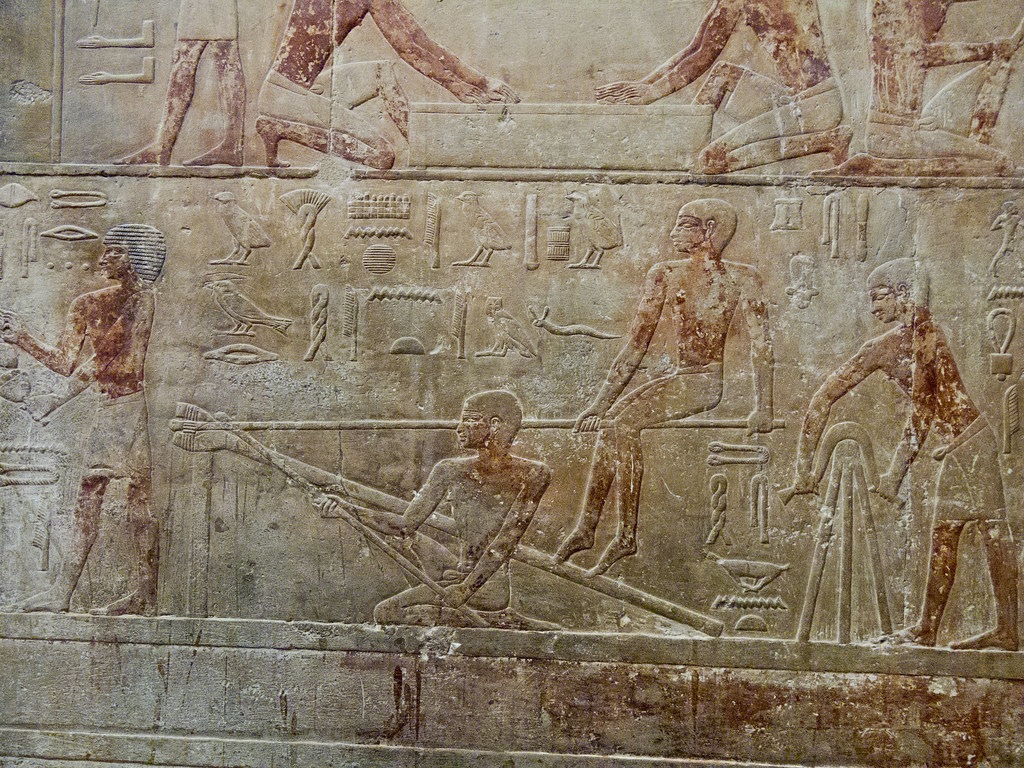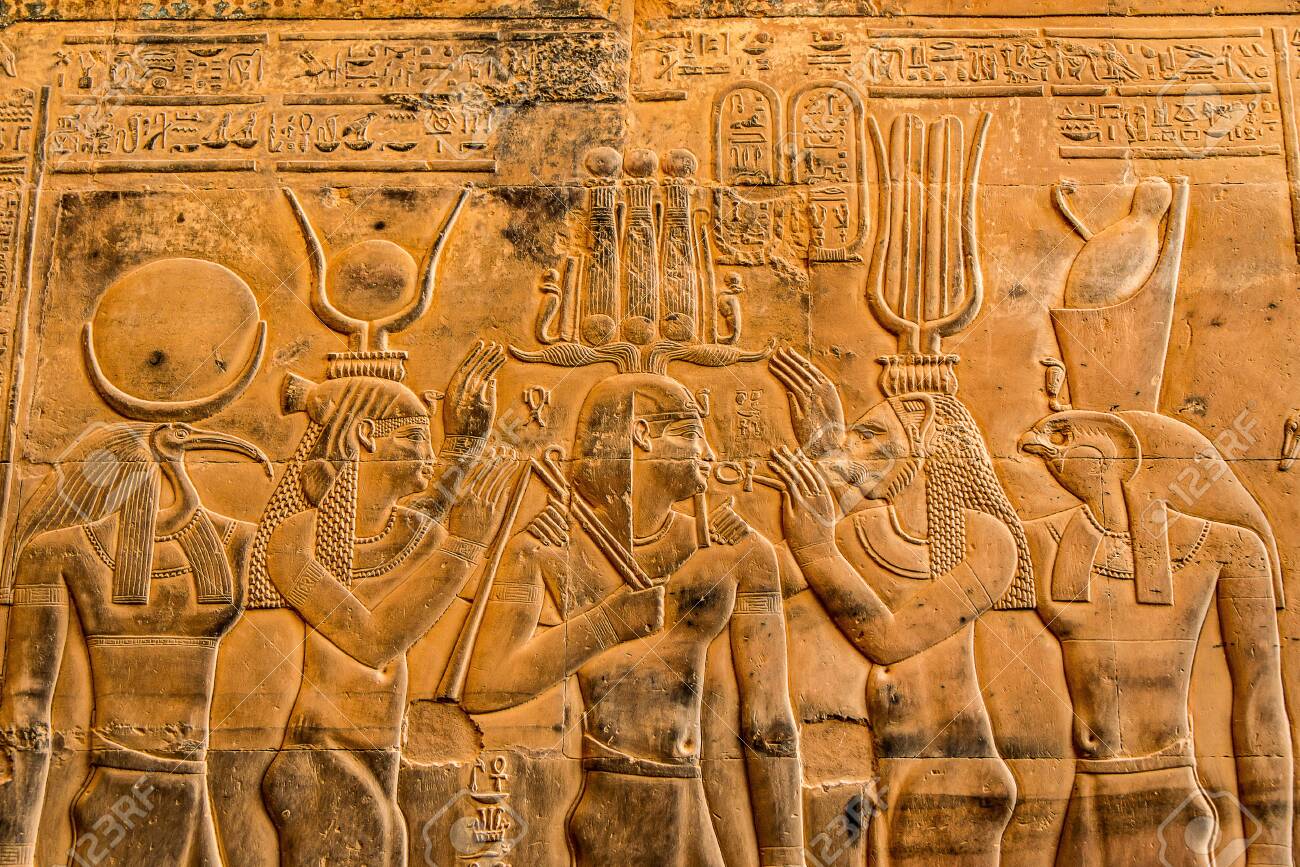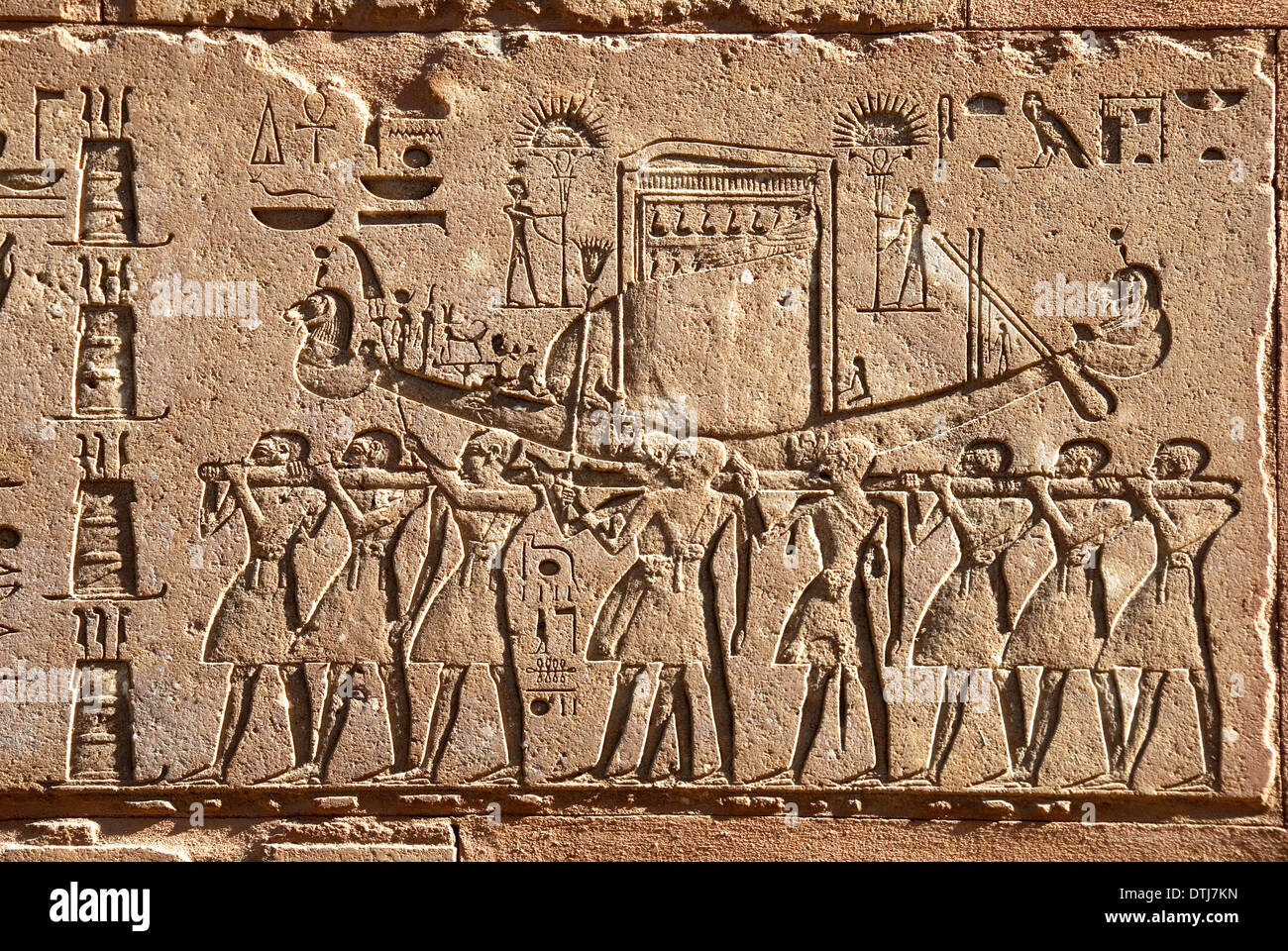The Warrior Queen: Nefertiti’s Aggressive Position in the Talatats of the Amarna Period Indicates Her Protective Role Over Egypt

The talatats, or stone fragments, depicting the famous queen Nefertiti are a remarkable glimpse into the Amarna Period of ancient Egypt. Within these fragments, an intriguing scene unfolds, depicting Nefertiti standing within a kiosk on a royal barge, engaging in the act of smiting an enemy of Egypt.

Nefertiti, renowned for her beauty and status as the Great Royal Wife of Pharaoh Akhenaten, was a powerful and influential figure in the Amarna Period. The scene captured in these talatats portrays her in a position of strength and authority, actively defending her kingdom against its adversaries.
The image of Nefertiti within the kiosk symbolizes her divine and royal status. The kiosk, an architectural feature resembling a small temple, represents her elevated position and connection to the gods. It serves as a platform from which she wields her power and strikes down those who threaten the prosperity of Egypt.

The royal barge, on which Nefertiti stands, further emphasizes her regal authority. These vessels were reserved for the elite and were used for ceremonial processions and important state functions. By positioning Nefertiti on the barge, the scene highlights her role as a protector of Egypt and a leader in times of conflict.

The act of smiting, as depicted in the talatats, symbolizes the defeat and destruction of Egypt’s enemies. It showcases Nefertiti’s military prowess and her dedication to safeguarding the kingdom from external threats. It is a visual representation of her role as a warrior queen, willing to take decisive action to ensure the security and prosperity of her people.
These fragments, although incomplete, provide valuable insights into the art and symbolism of the Amarna Period. They offer a glimpse into the religious and political beliefs of ancient Egypt, highlighting the significance of powerful female figures and the importance of defending the kingdom against its adversaries.
The depiction of Nefertiti smiting an enemy of Egypt within a kiosk on a royal barge serves as a testament to her strength, leadership, and dedication to the well-being of her kingdom. These talatats stand as a lasting tribute to her enduring legacy and the enduring power of ancient Egyptian queens.











